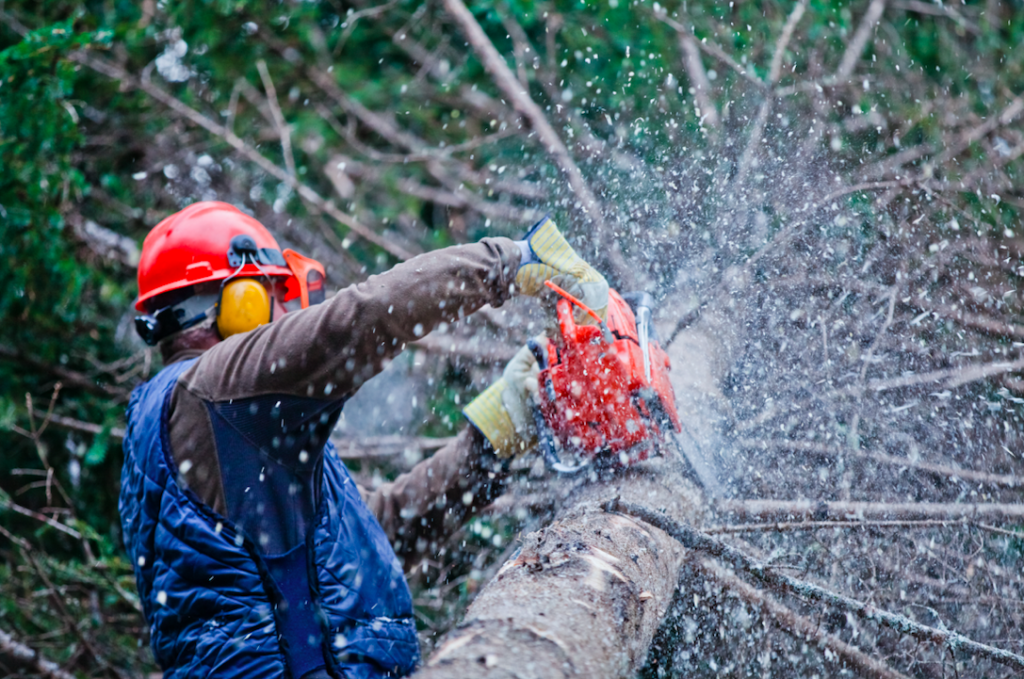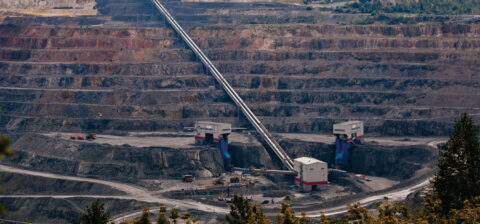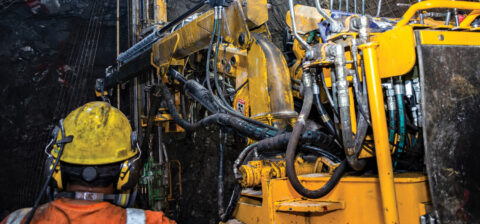Business Day Safety
Reducing Risk In The Industry
The forestry landscape comes with its own set of challenges, where Mother Nature often calls the shots. The risks inherent to forestry are complex and unique. Besides working with dangerous equipment like chainsaws, the very nature of the terrain and the environment is fraught with challenges. Just recently, a forestry employee was gouged in the leg by a testosterone-charged bushbuck. Then there are bees, snakes and wasps, which can pose a risk to the worker. Slips and trips are also an everyday risk that can lead to twisted ankles, abrasions, sprains, cuts and bruises. But more so, the industry is riddled with the dangers of huge trees being felled – one of the biggest risks in the forestry industry.
Challenges and cultural shift
Chainsaw operators need ongoing professional training and refresher courses. Forestry teams must be trained in fire-fighting – teams are on high alert when the annual fire season approaches. Due to our vast rural footprint, where we are surrounded by neighbouring communities, any social unrest can heighten this risk. So, we also must establish and maintain good community relations.
The COVID-19 pandemic presented additional challenges. The number of attendees on training courses was reduced to conform to social distancing and COVID protocols. In-field transport in labour carriers was reduced to 50–75 per cent of vehicle capacity to allow for social distancing, except for emergency situations like fire-fighting activities when full capacity was permitted.
With our widespread plantations, where operations are outsourced to 76 private contractors – that employ almost 10 000 people – research shows that to replace a rules-based management culture with a behaviour-based safety culture, required us to implement something different.
We found that as employees were drilled in rules, their attitude towards safety was problematic: accepting risks without thinking about the consequences for themselves, others and the business and a lack of trust and mutual respect. Low literacy levels and diverse ethnic groups meant there was a problem reading complex safety policies and work procedures in English only.
From this research, the “Stop and Think Before you Act” risk behaviour change model was created and introduced. Audiences were engaged in developing a new approach to communication that transcended barriers, empowering them with a risk mitigation tool that guided them to safe behaviour by asking questions like: “If I do this, what could go wrong?”, “If something goes wrong, how bad could it be?” and “What can I do about it?”
The simplicity of the tool was evident recently when it was used to explain the complexities of the pandemic in simple, comprehensible and concise language. It has been so successful that workers are teaching it in the communities where we operate.
Eight non-negotiable “Life Saving Rules” have also been laid down. Zero tolerance for alcohol and drugs and no cellphone use while driving are some of the general rules. However, a very specific one for forestry operations is the two-tree length rule, which states that nobody may be within two tree lengths of the person felling a tree. Stump-cut audits are done as a lead indicator to measure the quality of work of the operator, ensuring their adherence to safe work procedure.
Manager feedback is done intentionally and constructively and is focused on identifying and encouraging positive behaviours. Sappi believes that this visible leadership will help to further entrench a safety culture. While we set ourselves strict no-injury targets and our teams are measured against these, we don’t believe in being reactive and punitive. We believe that the right way to improve our safety record is to focus not on the lag indicators, but to look towards the lead indicators, which are picked up through proactive measures like audits, near-miss analysis, being pedantic about maintenance and housekeeping and, most importantly, having leadership presence in operations.
Our values are underpinned by an unrelenting focus on and commitment to safety. This has become the cornerstone of our existence, allowing us to build a thriving world by unlocking the potential of renewable resources to the benefit of people, communities and the planet.






 Sign-up and receive the Business Media MAGS newsletter OR SA Mining newsletter straight to your inbox.
Sign-up and receive the Business Media MAGS newsletter OR SA Mining newsletter straight to your inbox.